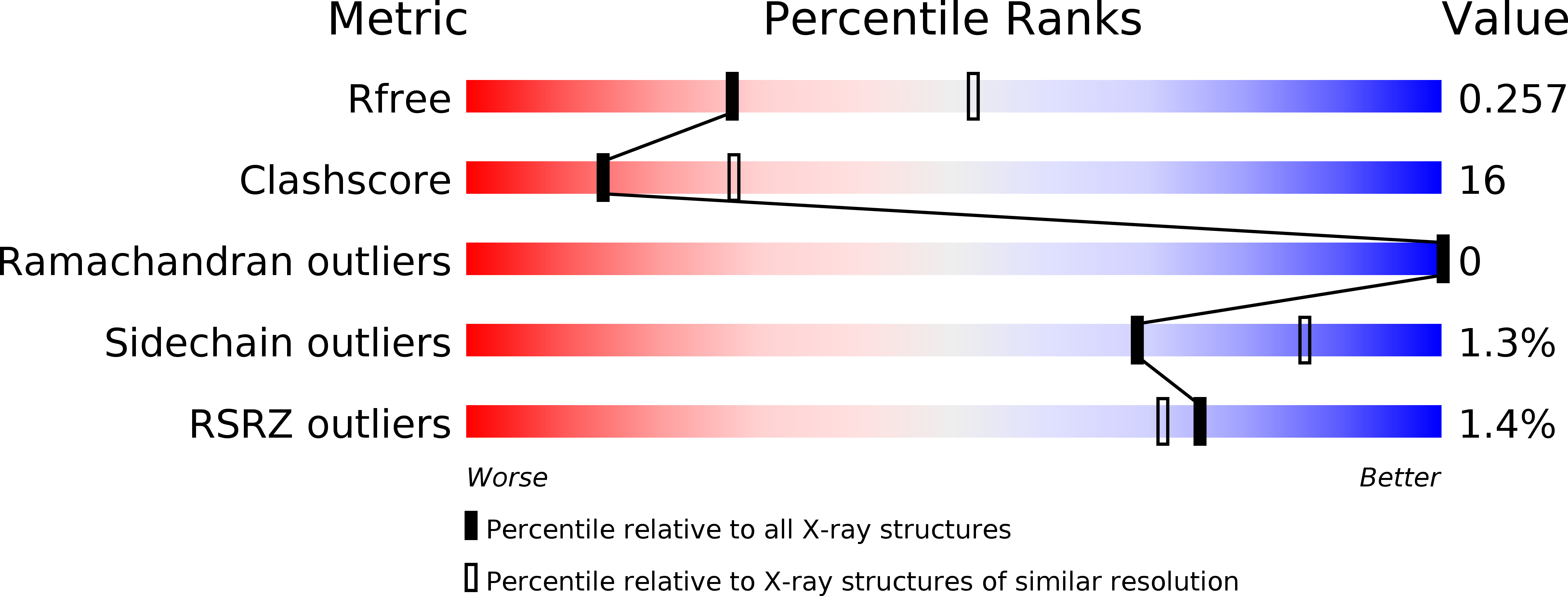
Deposition Date
2011-12-19
Release Date
2012-02-22
Last Version Date
2023-11-08
Entry Detail
PDB ID:
3V6A
Keywords:
Title:
Helical repeat structure of apoptosis inhibitor 5 reveals protein-protein interaction modules
Biological Source:
Source Organism:
Homo sapiens (Taxon ID: 9606)
Host Organism:
Method Details:
Experimental Method:
Resolution:
2.60 Å
R-Value Free:
0.25
R-Value Work:
0.21
R-Value Observed:
0.21
Space Group:
P 21 21 21


